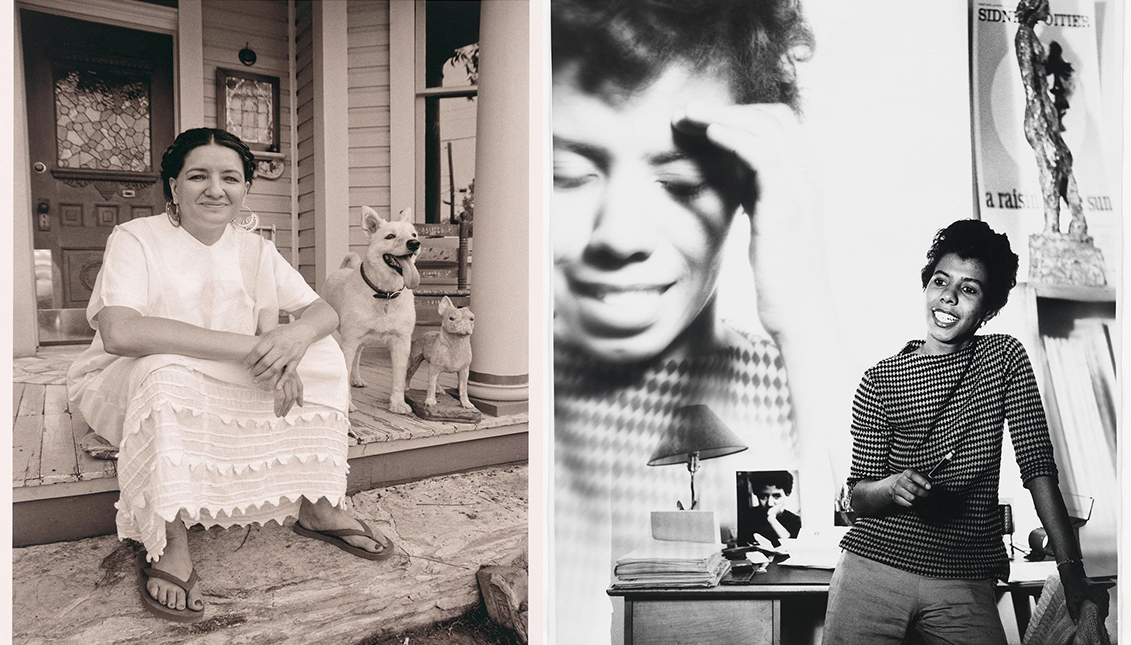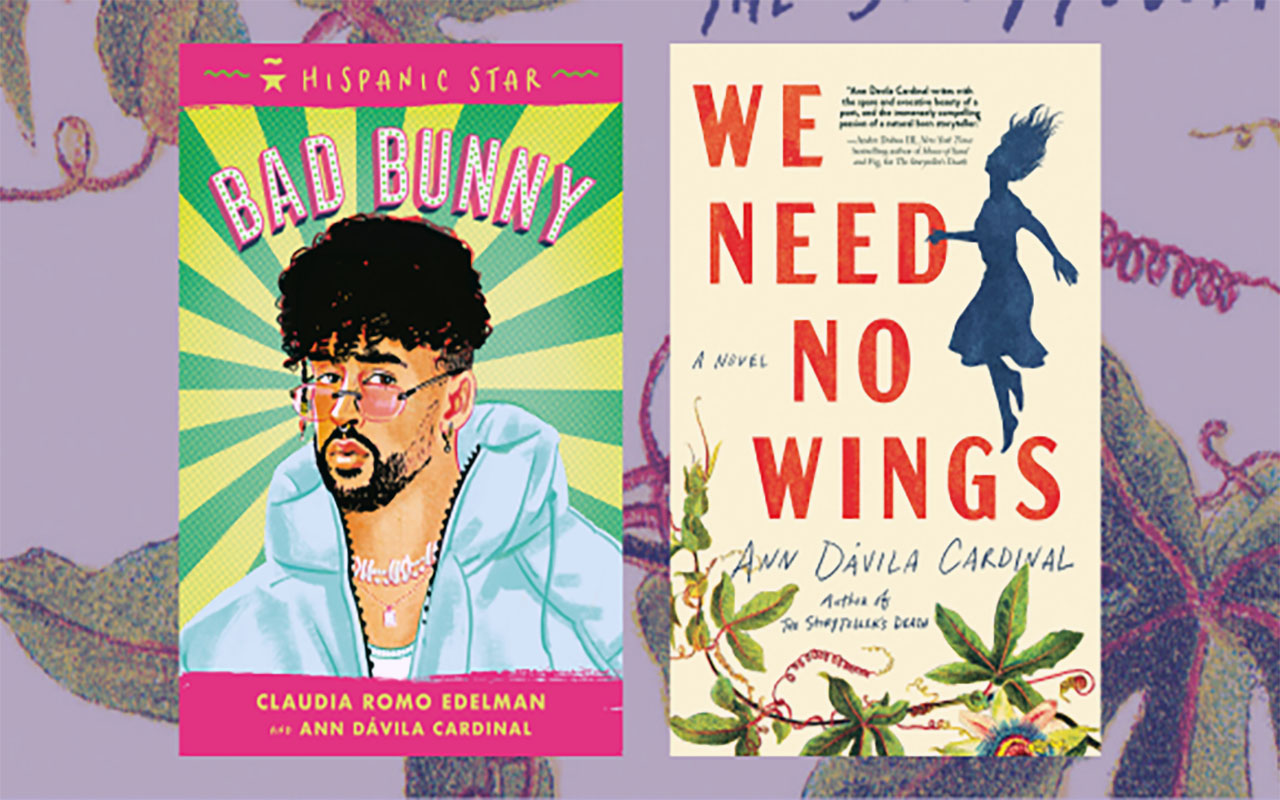
From Lorraine Hansberry to Sandra Cisneros: The BIPOC writers who changed American literature
The National Portrait Gallery is hosting an exhibition until Jan. 18 that features the portraits of 24 writers who have revolutionized the narrative of the…
"One day I will have my own house, but I won't ever forget who I am and where I came from," says Esperanza Cordero, the young Chicano protagonist in The House on Mango Street.
It's a novel written by Sandra Cisneros and when it was published in 1984, was a turning point for Chicano literature and, by extension, American literature as well. It made us reflect on race, gender and class through a kind of memoir and story of initiation that a young American Latinx could identify.
"I started writing stories about the lives of my students and introduced them to my childhood neighborhood," explained the author, who was working at a school in Chicago at the time, where she grew up.
"I feel that as a writer I have the gift of expressing what other people feel, and being able to speak for them, bringing clarity and building bridges between communities that don't understand each other," she added.
Cisneros, photographed in 1988 by iconic photographer Al Rendon, sits on the steps of her house, next to her dog, and turns to the neighborhood as if conversing with it. Her relaxed pose and appearance reminds us of a sort of proud disciple of Frida Kahlo.
The Chicana is one of the writers whose photographs and other personal items and works are featured in the exhibition, Her Story: A Century of Women Writers, which is being held at the National Portrait Gallery until Jan. 18.
It feautures some 20 female writers who became influential narrators of realities that until now, were not considered great works of American literature.
Like Toni Morrison, Alice Walker, Anne Sexton, Joyce Carol Oates, Maya Angelou, Lorraine Hansberry or Ayn Rand, who won, like Sandra Cisneros, some of the most important literary awards of the 20th century.
“This is a very highly decorated group,” historian Gwendolyn DuBois Shaw told Smithsonian Magazine. "And the objects in the exhibition are also very diverse. We have sculptures, paintings, drawings and photographs. So it really provides the viewer with a strong cross section . . . of 100 years [of] women from many different backgrounds.”
RELATED CONTENT
One of the exhibition's most radical authors is undoubtedly African-American writer, playwright and activist, Lorraine Hansberry, who despite dying young, made great contributions to the fight against racism and provided a fierce criticism that is still very much alive today.
Hansberry was photographed by Vogue photographer David Attie in her Greenwich Village apartment. Attie captured all the details of the studio where the author had written A Raisin in the Sun, and explored the horrific racial violence from her own experiences.
The image was taken when the activist was 29 years old — five years before her death — and as her hard-hitting play about racial segregation had premiered on Broadway, directed by Sidney Poitier.
In fact, Lorraine Hansberry was the first Black woman whose play was produced on Broadway, becoming a pioneer.
The writer lived through racial violence since she was a child, when her family moved out of the neighborhood, defying Chicago's ghetto neighborhoods and setting a precedent, even though they had to suffer the attacks of angry white mobs, as reflected in Raisin.
Other images are almost like heartbeats.
They respond to an internal impulse of the writer herself, as if the landscape around her did not exist or was confusing and unattainable for the protagonist. This is the case in Anthony Barboza's portrait of Maxine Hong Kingston, which shows the Chinese-American in a blurred room. This accentuates, according to the curators, the feeling of liminality present in Hong Kingston's writing, who always felt trapped between folklore, small and American culture.
Her Story is, in short, a puzzle of snapshots that tell of celebrated women writers and also a journey that tells of the great contributions of women who, from race, class and gender, constructed the "other" story of the real America.











LEAVE A COMMENT:
Join the discussion! Leave a comment.